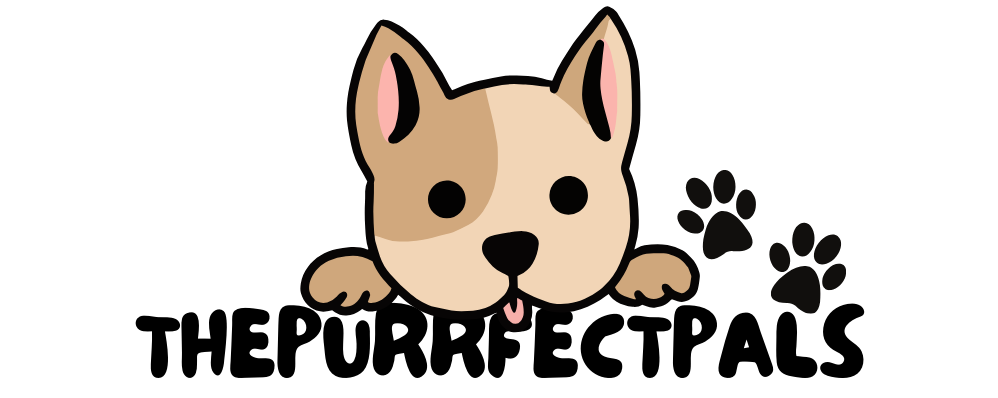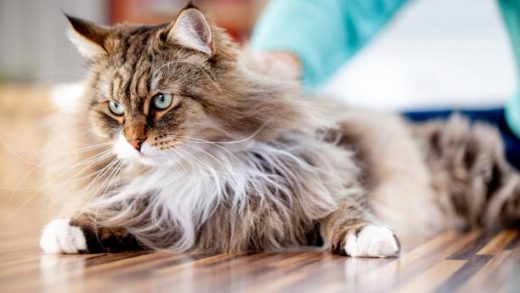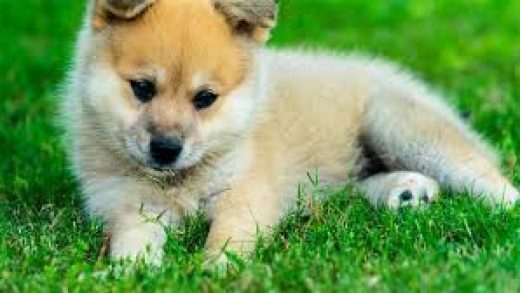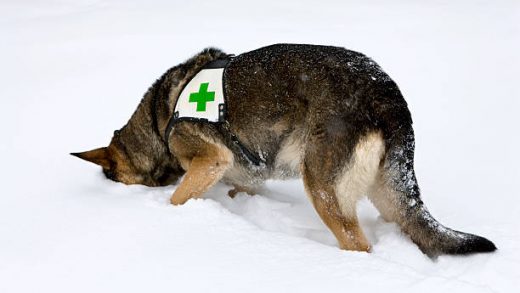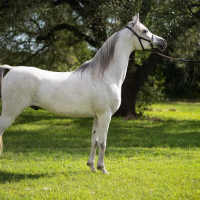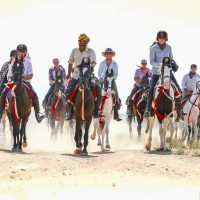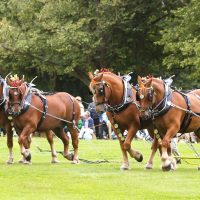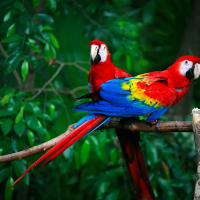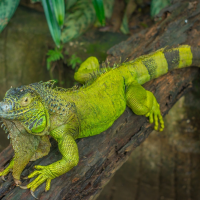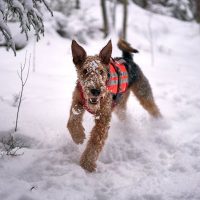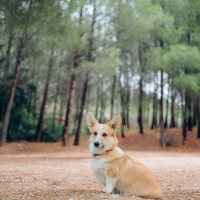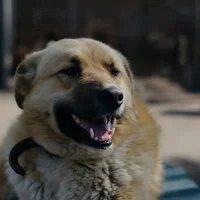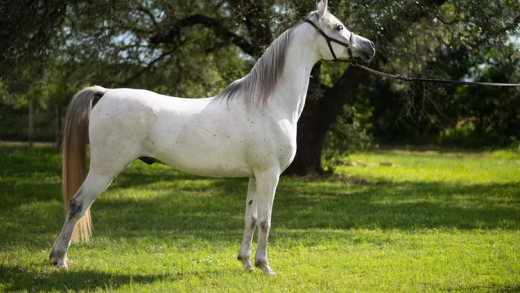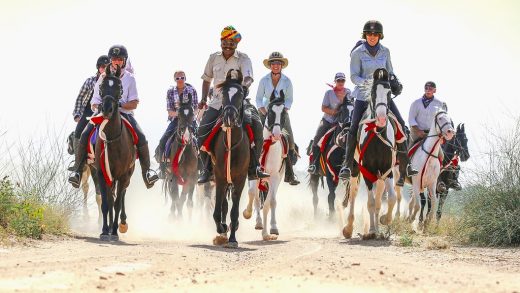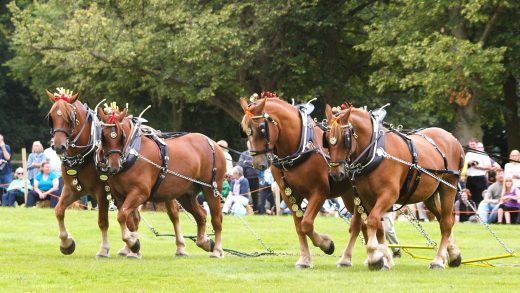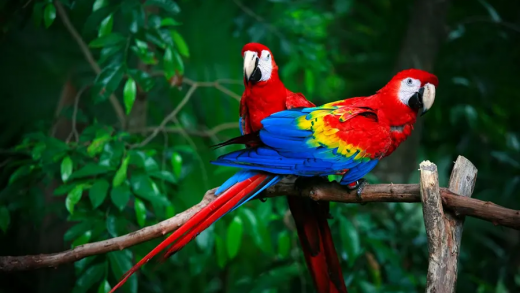
Table of Contents
Quick Facts
| Name | Jerboa |
| Origin | Asia and Northern Africa |
| Size | Generally 2.8 to 6 inches (7 to 15 cm) in body length |
| Lifespan | Approximately 3 to 5 years in captivity |
| Coat | Typically soft, dense fur coloration varies by species, ranging from sandy brown to gray and white |
| Temperament | Shy and solitary |
| Exercise Needs | Moderate |
| Training Difficulty | Generally difficult |
| Health Issues | dental issues, obesity from improper diet, and stress-related illnesses |
| Grooming Needs | Minimal |
| Price | $100 to $300 |
Introduction: Jerboa
The jerboa is a small rodent that has long hind legs which enables it to move in a hopping manner; jerboas inhabit some of the most parts of the world with extreme conditions. Most of them are found in the regions of North Africa and Asia and are nocturnal in nature, being well suited to the desert as a result of the process of evolution. In this article you will find information on jerboa’s ancestors, and how they came to be as well as a description, personality, activity level, coat, health considerations, and training and socialization information.

History and Origin
Dipodies are popularly referred to as jerboas and these are small mammals that probably evolved millions of years ago. Based on the fossil evidence, these fast-running mice have been living in arid lands for at least the last 20 million years – the Miocene epoch. Being adapted to live in environments where few other mammals can inhabit, they attract the attention of scientists investigating the desert biome. Jerboas have had to develop certain features that can assist them in surviving in a rather severe environment with regard to temperature and water availability.
Physical Appearance
The jerboas can be identified for their huge hind limbs which are found in the shape of kangaroo’s, extremely long tails and rather small front limbs. These adaptations enable them to run with incredible speed the basal locomotion, and bounce from hind leg to hind leg to dodge the predators and also in the desert sand. Generally, jerboas measure between 5cm and 15cm in body length; another thing is that their tail length is normally twice the body length. They have sandy or brown colored fur, this facilitates their blending with the desert floor. Also, they have enormous round eyes, and long whiskers especially for night vision and movements respectively.

Temperament and Personality
Jerboas are quite small creatures; however, they have quite an intriguing character and they are playful. They are most often solitary creatures , and each tiger has its own area that it controls. Jerboas are nocturnal which implies that they are most likely to be/are very active at night when the temperature in the desert is a little low. In the day they go to burrow to avoid heat, they move around during the night looking for a place to dig a burrow. Although in the forests they may be very shy and run away from people, the jerboas are fairly friendly, curious creatures as far as captivity is concerned.
Exercise and Activity Needs
Jerboas are very active rodents, which need a large territory to be provided with conditions close to the natural ones. As for their accommodation in captivity, they require a spacious area with enough space for hopping and digging. Offering them sand and soil for example should help to recreate their natural habitat and will also ensure they are getting physically active. Physical activity must not be avoided in their cases because it assists in retaining their muscular build and overall health. Other accessories such as tunnels, hiding places and toys also help in exciting their brains and so they do not get bored.

Grooming
Jerboas are not high-maintenance animals, especially as far as grooming is concerned. Their fur is soft and does not need regular grooming because they can normally wash themselves. But the environmental hygiene should be kept in check to avoid any health complications hence it should be clean. Some of these are; washing bedding frequently, cleaning the burrow region often and making sure there is always clean drinking water. Grit can also be provided to facilitate dust baths to help them maintain their body coat hygiene and to prevent occurrence of parasite infestations.
Health and Common Concerns
Jerboas are extremely hardy animals, however, they can be prone to some ailments especially when in captivity. Some of the endearing diseases include teeth related ailments, overweight and respiratory diseases. Their teeth never stop growing; this is why it is common to provide items to chew to avoid over growth of teeth. They should feed on seeds, grains and, at times, insects to be healthy since seeds and grains are measures of their balanced diet. It is also wise to take them for a vet checkup so that their general health is checked and any complications noted from the beginning.

Training and Socialization
These animals are not trained like other pets, still, they can be somewhat tamed. Kind interaction during the early age will assist in making it easy for them to get used to humans; thus, they will not be very apprehensive. One should not rush them and should be very patient with them because they like to wander from one place to another at their own will. To socialize jerboas, the animals are placed in an environment that will make them feel at ease and be able to exhibit their normal activities.
Conclusion
Jerboa is one of those creatures that can give greatest examples of adaptability of the living beings to the conditions of the world. Their features, such as attractiveness, childish playfulness, and curiosity, make the hamsters an interesting object for investigations as well as for people who are going to have a pet. This means that, if the appropriate attention is paid to their needs, then the desert hoppers, regardless of whether they are in the wild or in captivity, will lead productive and healthy lives. Thus, to keep on benefiting from such amazing animals and being amazed by their perfect aptness to their environments, it is pertinent to respect the miracles of adaptation.
Image Source: Getty Images
People also read about: Mini Bernedoodles
